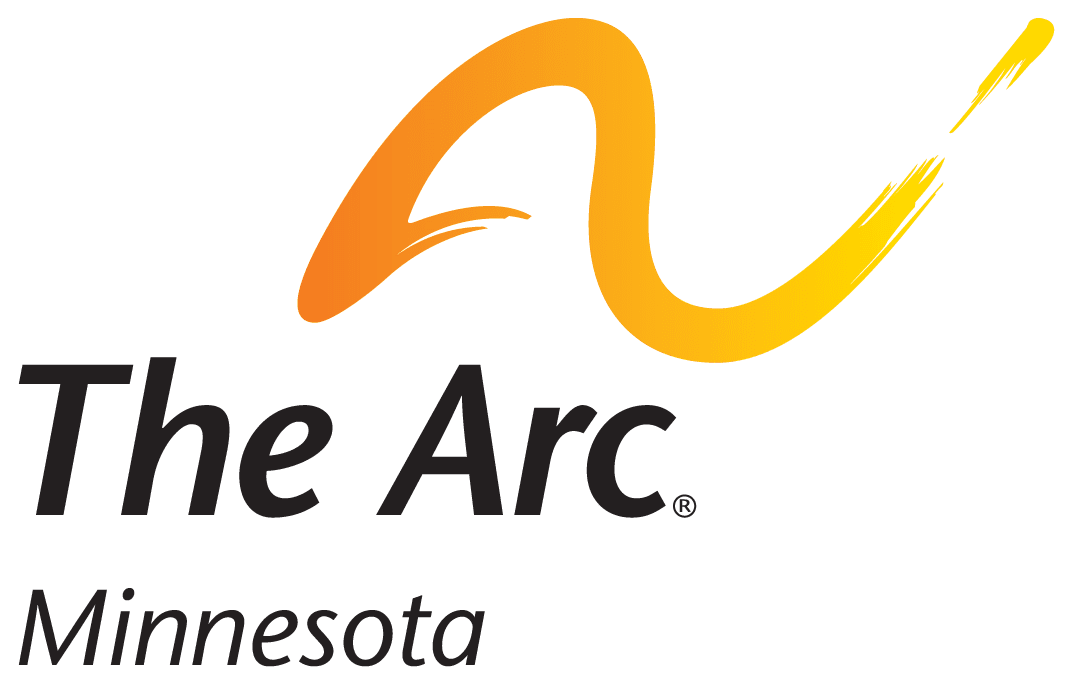Introduction
People with disabilities can be a strong asset to your business, bringing new perspectives and dedication to the job. Companies that hire people with disabilities are tapping into a pool of skilled, dedicated workers and taking further steps to build a diverse workforce that is reflective of the world in which we all live and work. This document will offer an overview of disability and tips for interacting with and supporting people with disabilities in the workplace.
About Disability:
An estimated 56.7 million people in the United States – 1 out of every 5 people – have some form of disability. The term disability is an umbrella term which includes a variety of limitations any person may experience in their lives.
An estimated 4.6 million people are impacted by Intellectual and Developmental Disabilities (I/DD) . A person with an intellectual or developmental disability may or may not experience a physical limitation as a result of their disability. The effect of a person’s disability varies with each person, just as range of abilities varies considerably among all people. Most people with I/DD have been unemployed or underemployed despite their ability, desire, and willingness to work. The primary reason is the belief that people with I/DD cannot work or are not interested in work which is not the case.
Hidden Disabilities:
Well known intellectual and developmental disabilities such as Down Syndrome or Cerebral Palsy are familiar to many people. Also, it is common for people to have interacted with a person with a physical disability, such as a person who uses a wheelchair for mobility. Not all disabilities are obvious and you may have interacted with someone who has a disability and not known. These types of disabilities are often referred to as hidden disabilities. Certain intellectual disabilities, Epilepsy, some Autism Spectrum Disorders and Dyslexia are all examples of hidden disabilities. These disabilities may not be noticeable and may only impact a narrow aspect of a person’s life. A person may learn to compensate for such a disability or may ask for an accommodation to support them at their work. A person with a hidden disability may or may not choose to disclose this disability to others. If a person does disclose that they have a disability do not make assumptions about how this will affect their ability to perform their job. Many people with disabilities are successful in their jobs with minor accommodations needed and other times with no accommodations.
Interacting with a Person with a Disability – The Basics:
Disability is a natural part of the human experience. Any one of us or any person you know could become disabled at any time. Yet, if you do not regularly interact with a person with a disability you may have some anxiety about it. Perhaps you are worried about doing or saying the wrong thing? You are not alone. Here are some tips that will help you in interacting with a person with a disability:
1. RELAX – DON’T OVERTHINK IT
A person with a disability is aware that they have a disability and they also understand that people are unsure and sometimes uncomfortable. Try to act naturally, use your normal voice, and give the same sort of personal space you normally would with anyone. Most people with disabilities don’t mind answering questions about their disability but refrain from asking overly-personal questions that you wouldn’t ask of a non-disabled person.
2. ASK BEFORE YOU HELP
If you notice that someone has a physical disability and you are concerned that they may need assistance, ask him or her if they need help. A person may decline help either because they don’t need it or because what you are attempting to do isn’t actually helpful.
3. DO NOT LEAN ON A PERSON’S WHEELCHAIR.
This would be the same as approaching a person without a disability and leaning on their shoulder. Wheelchairs are an extension of a person’s body.
4. ASSUME COMPETENCY
Never assume a person with a disability is unable to perform a task or that they are unable to understand. People with disabilities have a wide range of skills that differ from person to person.
5. SPEAK PLAINLY
Use concrete, straightforward speech and do not talk down to a person with a disability or speak overly slow or overly loud. If the person you are speaking to needs you to speak slower, or to say something in a different way they will most likely tell you. Never use child-like speech or voice tones when addressing an adult with a disability.
6. SPEAK DIRECTLY TO THE PERSON
If a person with a disability has a support person, companion or interpreter with them, address the person with the disability directly. Do not address questions to the support person at the exclusion of the person with the disability.
7. GIVE FULL AND PATIENT ATTENTION
When talking with a person who has difficulty speaking, be prepared to offer extra time. If necessary ask questions that can be answered with short responses. Repeat what you understand and if there is something they said that you did not understand, ask them to repeat it.
8. THE “R” WORD
The term retarded is considered very offensive. Don’t use it. The terms crippled & handicapped are also not preferred as these are antiquated terms. Rather than saying “a handicapped person” instead say “a person with a disability.” Think of the person first, not the disability label. See the guide to people first language for more information on this.
